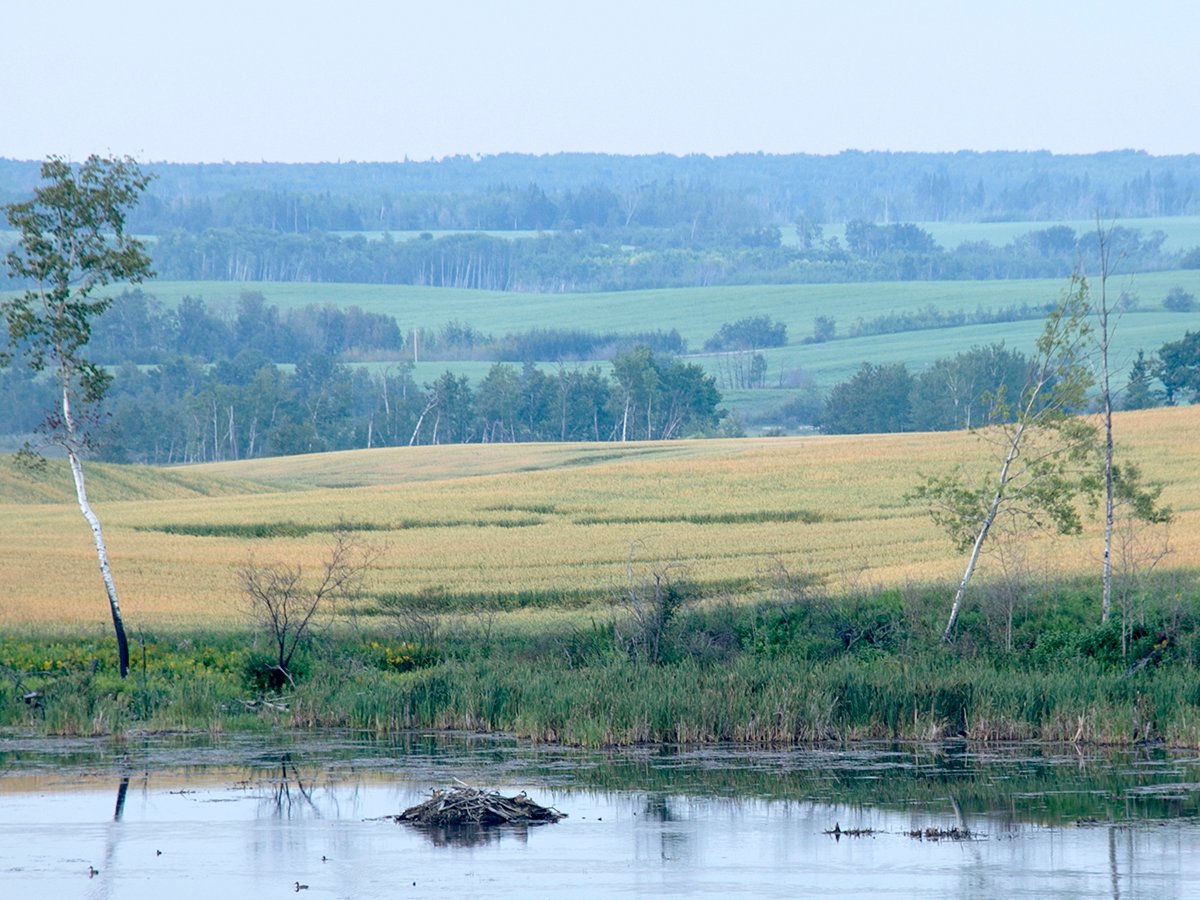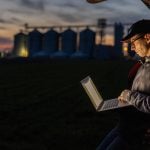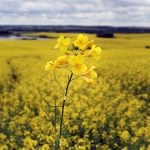One of the most significant concerns in succession planning for farmers is the tax bill that can come with passing the farm to the next generation.
Whether you plan to transfer the ownership of the farm and its assets upon your passing or your retirement, it is important to know that favorable tax rules exist that can help keep farms intact and in the family.
Two helpful tax planning tools for farmers are:
- The capital gains exemption.
- The intergenerational rollover.
The intergenerational rollover allows an individual to transfer certain types of property to the next generation on a tax deferred basis and is the focus of this article.
Read Also

Loreto a refreshing alternative to Mexico’s mega-resorts
Far from the glitzy mega-resorts of Mexico’s better-known coastal hotspots, Loreto offers a refreshing alternative.
Generally speaking, personally held farm property such as farmland and certain other types of depreciable property (qualifying farm property) can be transferred to your child, grandchild or great-grandchild on a tax-deferred basis, so long as the qualifying farm property being transferred satisfies the following requirements:
The property must have been used principally in a farming business carried on in Canada. The principally used requirement generally translates to whether the particular property was used in the business of farming more than it was not, or more than 50 per cent of the time. For example, if you actively farmed a quarter section of farmland for nine years but subsequently rented that farmland for 10 years, it would no longer qualify for the intergenerational rollover. It is important to note, however, that there is an ability in certain circumstances to rely on the active farming use of a property by family members who previously owned the property.
The property transferor, their spouse, child or parent must have been actively engaged on a regular and continuous basis in the farming business in which the asset is used. This is commonly known to mean that they were engaged in the day-to-day work and/or management of the farming business with regular frequency and would be a determining factor as to the success of the business.
If your farm operates as a corporation or partnership, you may still be able to qualify for the intergenerational rollover with respect to a transfer of your shares or partnership interest provided certain requirements are satisfied, which include, among other things, the following:
All or substantially all (meaning 90 per cent) of the fair market value of the assets owned by the corporation or partnership are used principally (meaning 50 per cent) in the farming business. Each property owned by the corporation or partnership must be analyzed and the fair market value determined on a property-by-property basis in making this determination. A common pitfall causing this requirement to not be met can occur when inactive cash or investments build up in your farming corporation. This often happens when a farming corporation is no longer reinvesting its earnings with a goal to expand its operations. The good news is there are tax planning methods to extract excess cash and investments from your farming corporation in a tax efficient manner, but they are beyond the scope of this article.
Similar to the rules that relate to a tax-deferred rollover of qualifying farm property, to qualify for the rollover of shares or partnership interests, the transferor, their spouse or child must be actively engaged on a regular and continuous basis in the farming business.
The intergenerational rollover provisions can be complex and onerous to remain in compliance with, but it is important to know how to keep your farm on-side of these rules.
The rules differ depending on the structure of your farm and the historical use of your farming assets, so always speak to a tax and legal adviser to ensure compliance.
Blake Barnes is a summer student and Garrett Leedahl is a lawyer with Stevenson Hood Thornton Beaubier LLP in Saskatoon. They can be contacted at gleedahl@shtb-law.com. This article is provided for general informational purposes only and does not constitute legal or other professional advice and does not replace independent legal or tax advice.















